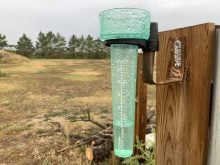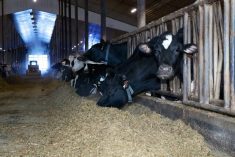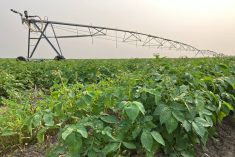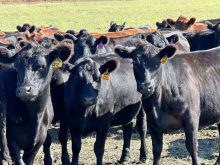AF CONTRIBUTOR |GRANDE PRAIRIE
Peace Country producers are watching the skies this growing season, but it’s not more rain they’re looking for. For the past two years, northwestern Alberta has been an island of drought in the rain-drenched Prairies, but the deluge has now arrived here as well.
While excess moisture and cooler temperatures are putting producers behind schedule, “Overall, we’re still in good shape,” said Alberta Agriculture market specialist David Wong.
Read Also
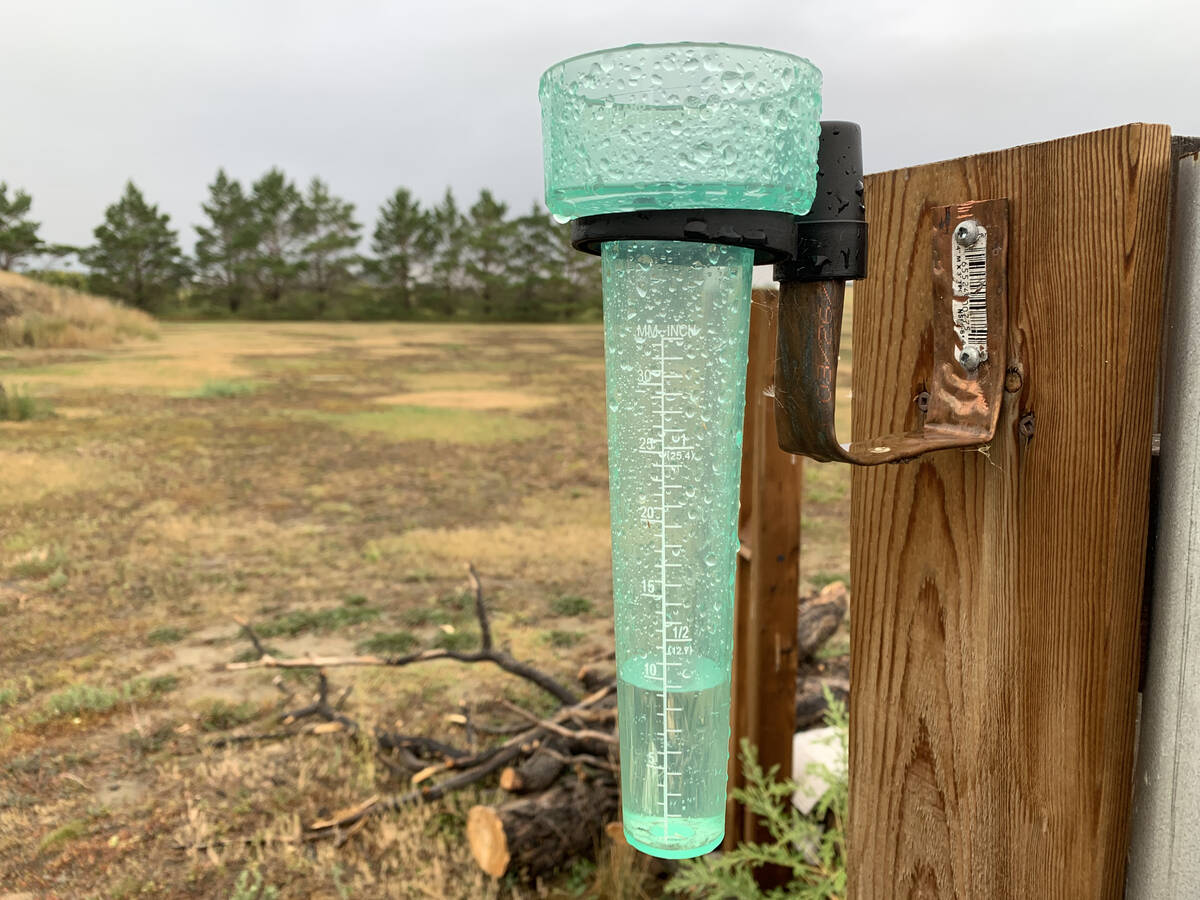
Western B.C., parts of Prairies received drought relief in October
Drought monitor for Western Canada for October
Environment Canada reports that in June, a total of 137.2 mm of rain fell in the Peace region, which saw only 57.7 mm fall between 2008 and 2010. Some farmers in the central Peace have recorded 430 mm of rain between May 25 and July 16. That compares to a total of just 25 mm over the whole summer last year. By most accounts, this has been the wettest year in more than a decade. Wong said Peace subsurface soils should definitely be replenished now.
Around the third week of July, a few days of strong winds and sunny skies made a lot of water disappear. But it’s too late for some crops, Wong said earlier this month. “Still, even in the drowned-out fields, the hilly areas will compensate for some of the losses. We still have six weeks to go, so we’re all hoping for dry weather and a good fall.”
Though some producers will be looking at below-average yields, as long as drying weather arrives most of the Peace will be in good form come September, said Wong. He noted both wheat and canola production are up this year in the Peace. About 1.4 million acres of canola have been seeded, compared to just over a million last year. Wheat acreage will total 1.3 million acres, up from 788,499 last year.
“The crop we’re concerned with now is fescue,” Wong said. “Fescue loves the moisture and uses it to a strong advantage but once the seeds are ready to go we have to get in there (to harvest). Fescue should be ready to come down around the end of July but a lot of the fields are still pretty wet.”
Forage production is down by about 100,000 acres this year, Wong said. About 550,000 acres of alfalfa and alfalfa mixes were seeded this year in the Peace, compared to more than 860,000 last year.
In the north Peace, crops in the La Crete area are very good, said Wong. “That area had a lot of real good rains which set everything up for some exceptional crops. Producers are seeing a lot of second growth, but if it’s too far behind it’ll just blow out the back of the combine.”
All told, most Peace crops were in good condition in mid- July, considering the pockets of drowned-out areas which also includes crops west of Hythe. “It’s really wet out that way, there’s the heavier clay soils and we see a lot of water sitting on them,” he said.
Producers were seeing some disease problems thanks to the wetter weather, and Wong said sclerotinia in the canola and some barley diseases have been spotted. “Some producers were unable to spray because of the continuous wet weather or strong winds,” he said. It might force more desiccation this season.
PEACE COUNTRY PRECIPITATION
This ACIS map shows precipitation compared to normal for the period of April 20 to July 18.
———
DAVID WONG
“Westillhavesixweeksto go,sowe’reallhopingfor dryweatherandagood fall.”


